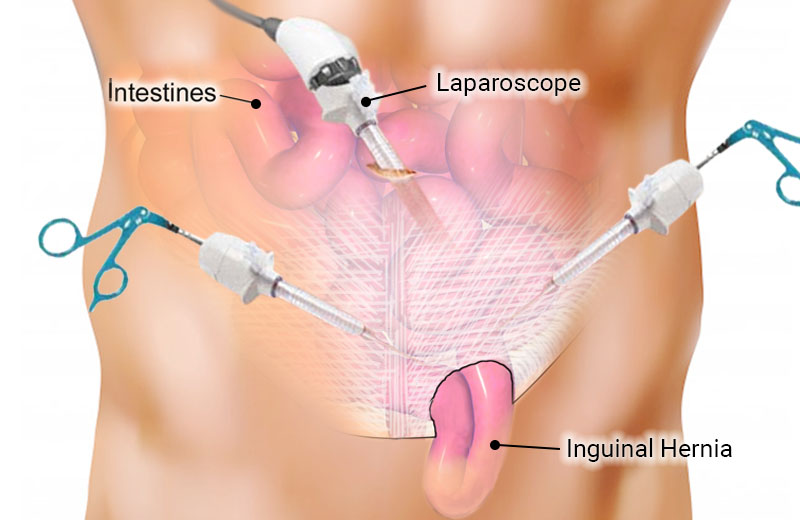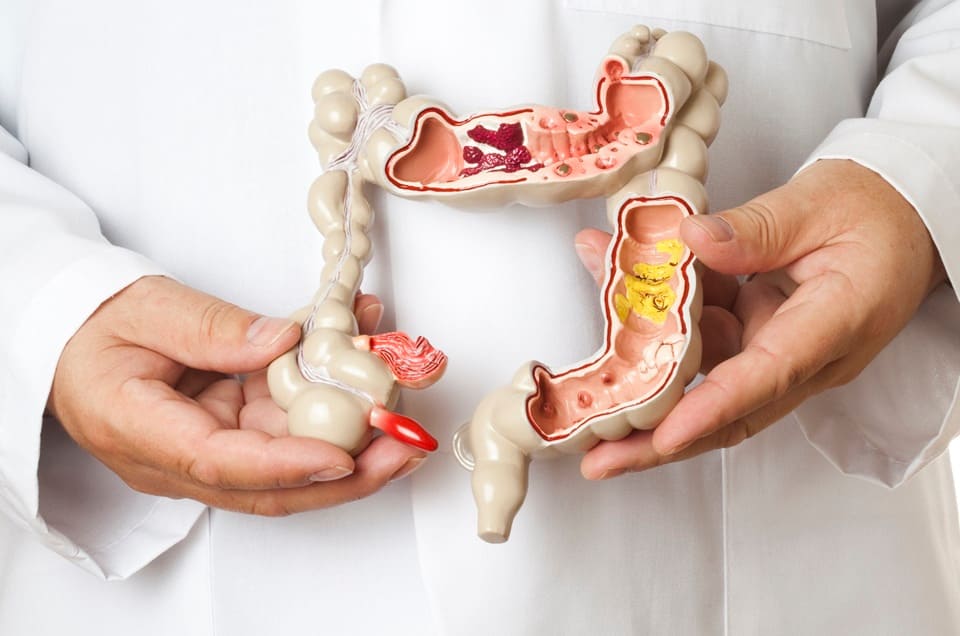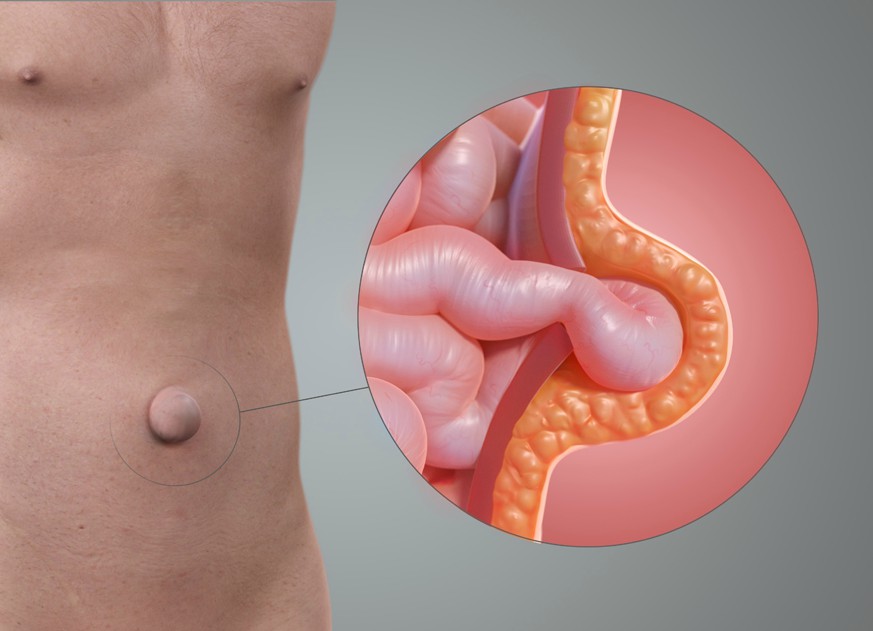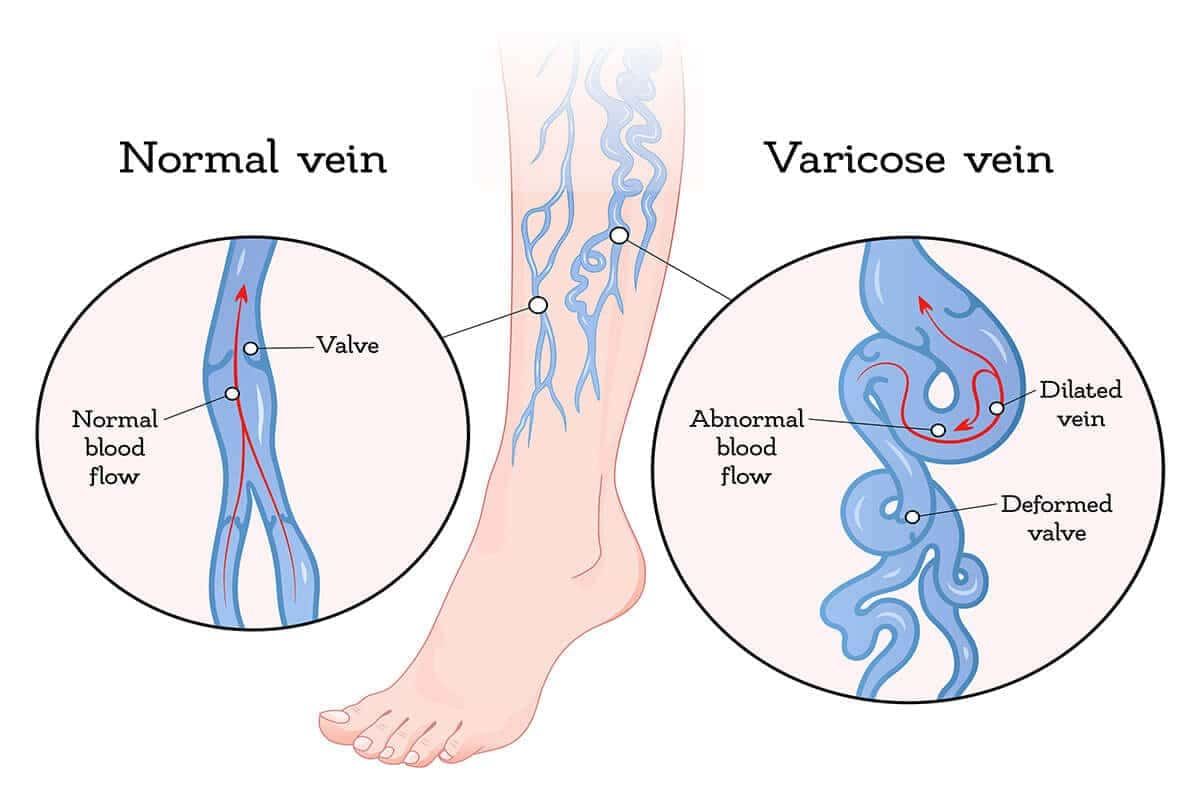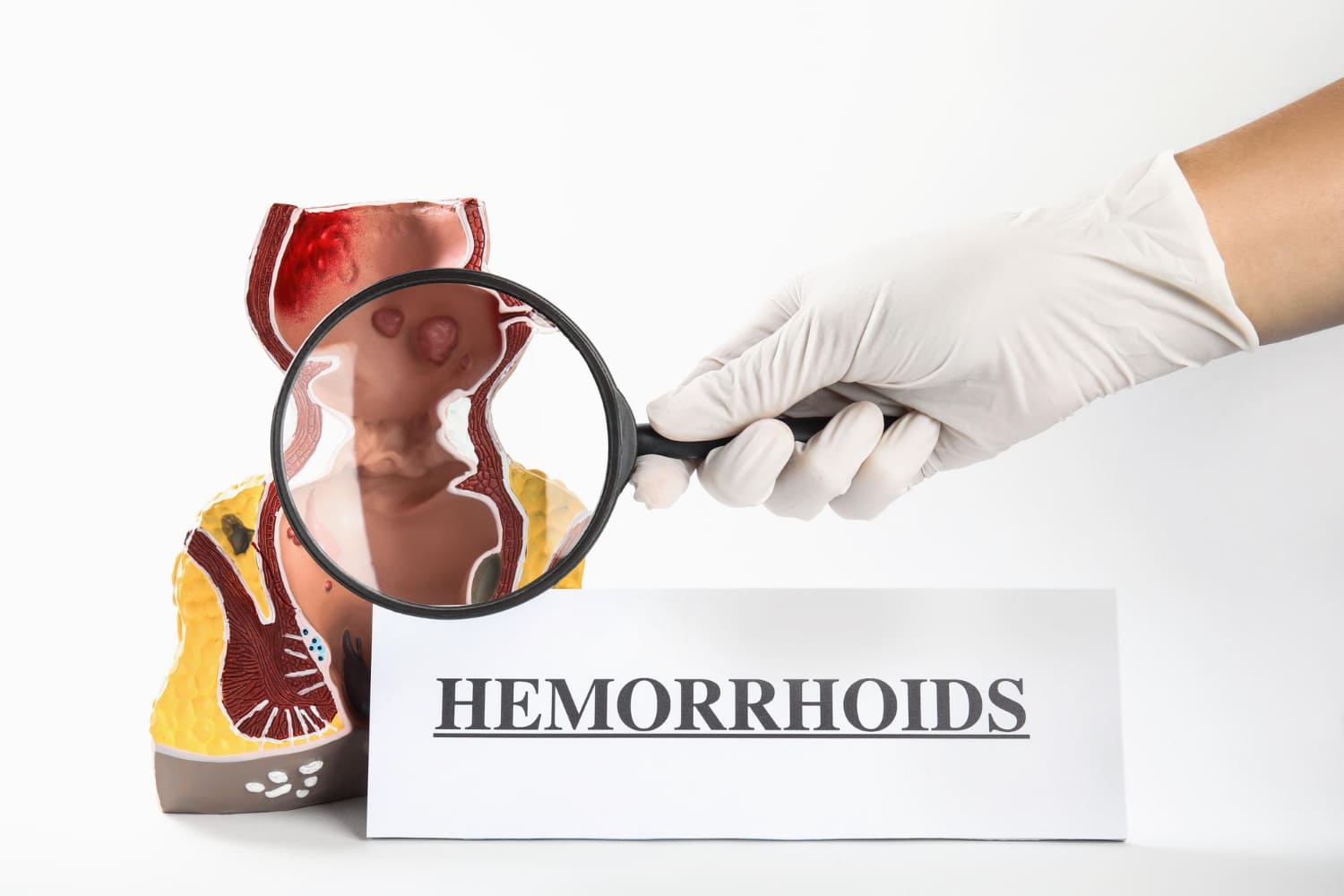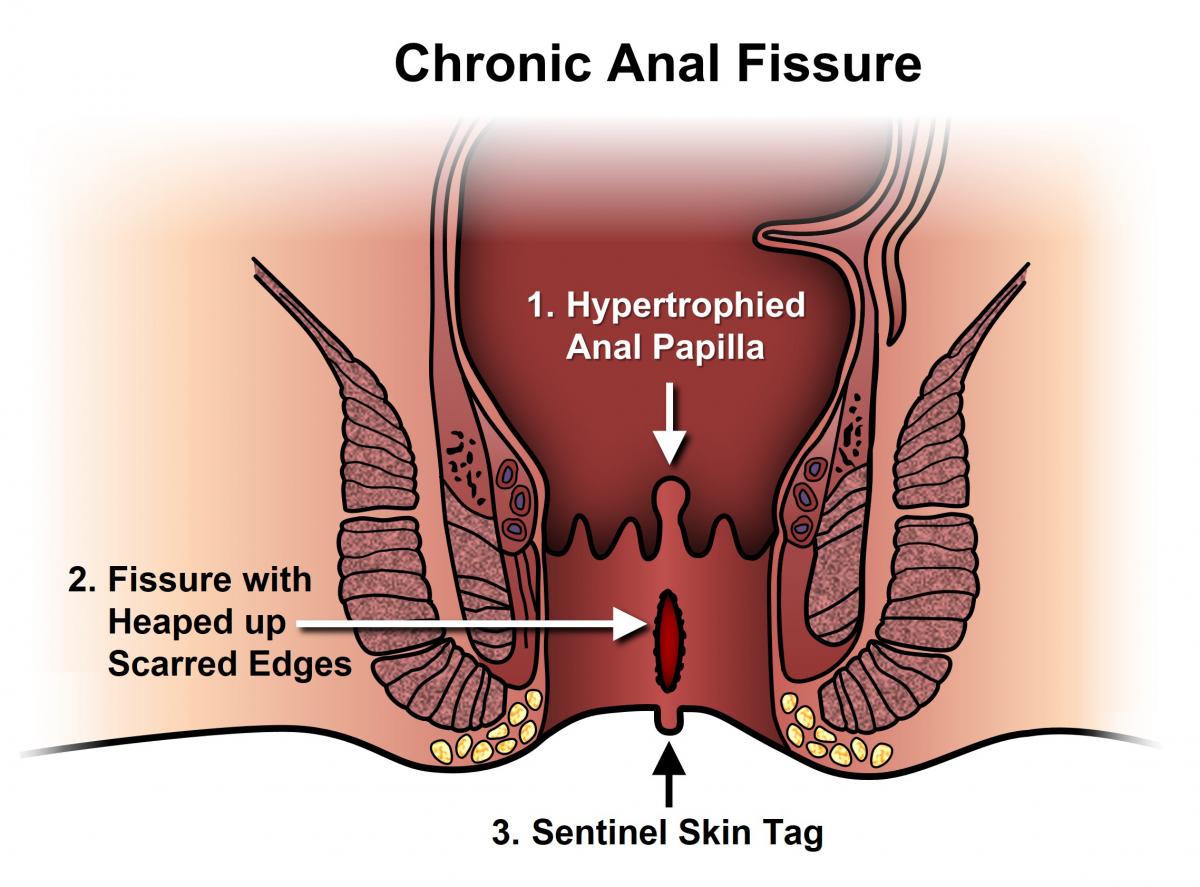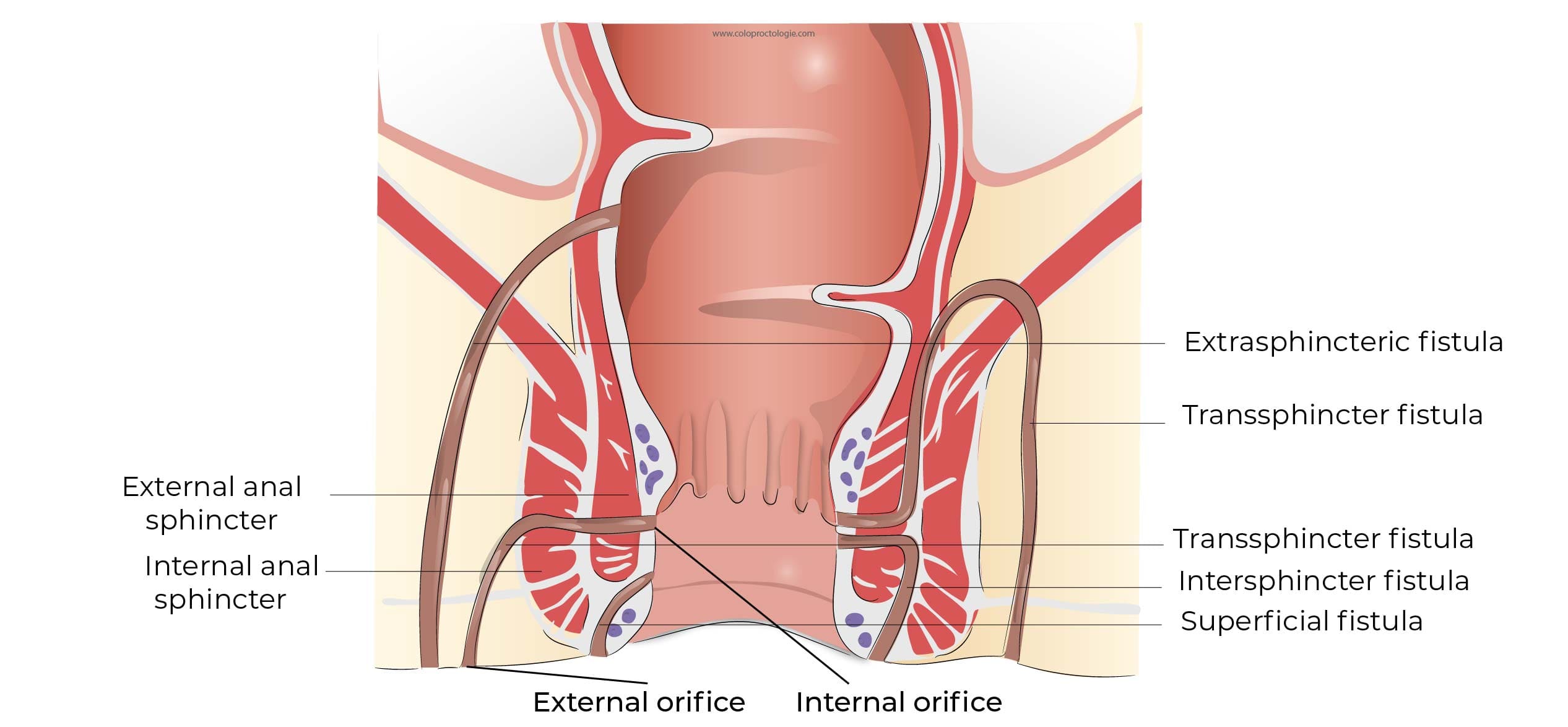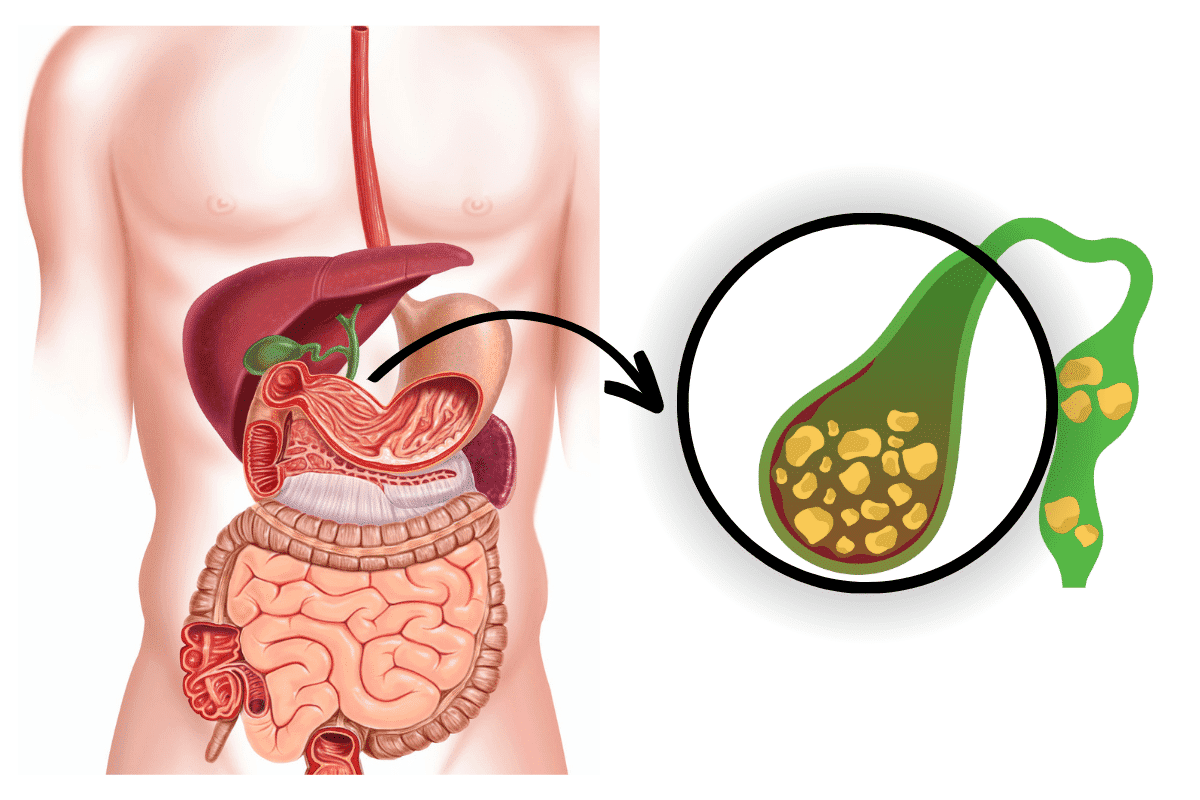
Gallbladder Stones Treatment
What Is A Gallbladder Stone?
Gallbladder stones, or gallstones, are solid particles that develop in the gallbladder, a small organ located under the liver. The gallbladder’s main function is to store and release bile, a fluid made by the liver that aids in digesting fats.
Gallstones can vary in size, from tiny sand-like particles to larger stones resembling pebbles. They can be composed of cholesterol, bilirubin (a waste product from the breakdown of red blood cells), or a combination of both.
Gallstones may not cause symptoms in some people and can remain asymptomatic for long. However, they can cause various health issues if they obstruct the bile ducts, which are tubes that carry bile from the gallbladder to the small intestine. When a gallstone blocks the bile ducts, it can cause severe abdominal pain, known as a gallbladder attack.
What Are The Types Of Gallbladder Stones?
Gallstones can be classified into two main types based on their composition:
- Cholesterol Stones: Cholesterol stones are the most common type of gallbladder stones. It accounts for approximately 80 to 85% of cases. These stones primarily comprise cholesterol, a fatty substance found in the bile. These stones can vary in size and color, ranging from yellow to green. Cholesterol stones develop when there is an imbalance in the components of bile, resulting in excess cholesterol and a reduction in bile salts and lecithin (a type of fat).
- Pigment Stones: Pigment stones are primarily formed of bilirubin, a pigment that is a waste product from the breakdown of red blood cells. It is also made up of calcium salts that are found in bile. These stones are generally smaller and darker in color, unlike cholesterol stones. Pigment stones can form when there is excessive bilirubin in the bile or when the bile contains fewer bile salts to keep the bilirubin in a soluble form.
How Can Gallbladder Stone Be Diagnosed?
Doctors use a patient’s medical history, a physical exam, and lab and imaging tests to diagnose gallbladder stones. A healthcare professional will ask you about your symptoms. He or she will also ask if you have a history of health conditions or problems that make you more likely to get gallstones.
The health care specialist may ask if you have a family history of gallstones and what you typically eat. During a physical exam, the doctor examines your body and checks for abdominal pain or other signs of gallbladder issues. Here are the common tests used for diagnosing gallbladder stones:
- Abdominal Ultrasound: Abdominal ultrasound is the most commonly performed imaging test to diagnose gallstones. It involves moving a device (transducer) back and forth across the stomach region. The transducer transmits signals to a computer, which produces images that show the structures in your abdomen.
- Endoscopic ultrasound (EUS): This procedure can help pinpoint smaller gallbladder stones that may be missed on an abdominal ultrasound. During an endoscopic ultrasound, your doctor passes a thin tube (endoscope) through the mouth and digestive tract. A small ultrasound device (transducer) in the tube creates sound waves that form a precise image of surrounding tissue.
- CT Scan (Computed Tomography): A CT scan may be used to provide more clear and precise images of the gallbladder and surrounding organs. It is particularly useful if there are concerns about complications from gallbladder stones or if ultrasound results are inconclusive.
- Endoscopic Retrograde Cholangiopancreatography (ERCP): ERCP is a procedure used to diagnose and treat conditions of the bile and pancreatic ducts. During ERCP, an endoscope is passed through the mouth, esophagus, stomach, and into the duodenum to examine the ducts. Dye is then injected into the ducts, and X-ray images are taken to identify gallstones that may have reached the bile ducts.
- MRCP: Magnetic resonance cholangiopancreatography (MRCP) is a kind of MRI that precisely visualizes the bile ducts. It is non-invasive in nature and produces clear images of the biliary system, including the common bile duct.
- Cholescintigraphy (HIDA Scan): This nuclear medicine test assesses the function of the gallbladder and biliary system. In this test, a radioactive tracer is injected into the bloodstream, and its uptake and excretion by the liver and gallbladder are observed using a special camera.
- Cholescintigraphy: Cholescintigraphy utilizes radioactive material to create pictures of the biliary tract. The radioactive material is injected into a vein in the arm. A special camera then takes pictures of the radioactive material as it travels through the biliary tract to diagnose abnormal contractions of your gallbladder or a blockage in the bile ducts.
- Blood tests: Blood tests may reveal infection, jaundice, pancreatitis, or other complications caused by gallbladder stones.
Surgical treatment for Gallstones
The surgical treatment for gallbladder stones involves the removal of the gallbladder, a procedure known as cholecystectomy. When gallstones cause symptoms or complications, surgical gallbladder removal is the definitive treatment for long-term relief. Around 80 percent of people with gallstone symptoms will require surgery.
There are two main types of cholecystectomy:
- Laparoscopic Cholecystectomy (keyhole surgery): It is the most common and best treatment for gallbladder stone. During a laparoscopic cholecystectomy, numerous small incisions (cuts) are made in the abdomen. A laparoscope (a thin, flexible tube with a camera) and surgical instruments are inserted through these incisions. Your abdomen is then inflated with carbon dioxide gas to allow room for the surgeon to work with surgical tools. The laparoscope is used to visualize the gallbladder and nearby structures on a monitor. The gallbladder is detached from its attachments and the bile duct and blood vessels.
Once the gallbladder is separated, it is pulled out through one of the small incisions. The remaining incisions are closed, and the surgery is complete. Laparoscopic cholecystectomy is minimally invasive, resulting in minor pain, faster recovery, and smaller scars than open surgery.
What Is The Difference Between Open Cholecystectomy And Laparoscopic Cholecystectomy?
Here’s a table highlighting the main differences between open cholecystectomy and laparoscopic cholecystectomy:
Basis | Open Cholecystectomy | Laparoscopic Cholecystectomy |
| Surgical Approach | Large abdominal incision (typically 6-8 inches long) | Several small incisions (usually 3-4) |
| Scarring | Larger and more prominent scar | Smaller and less prominent scars |
| Pain and Recovery | More postoperative pain and longer recovery time | Less postoperative pain and quicker recovery |
| Hospital Stay | Longer hospital stay (typically 2 to 3 days) | Shorter hospital stay (usually 1 day or outpatient) |
| Risk of Complications | Slightly higher risk of complications | Lower risk of complications |
| Operating Time | Longer operating time (usually 1 to 2 hours) | Shorter operating time (typically less than 1 hour) |
What Are The Benefits Of Laparoscopic Surgery For Gallbladder Stones?
Gallstone Laparoscopic surgery provides several benefits compared to traditional open surgery. Your healthcare provider will decide whether open or laparoscopic cholecystectomy is right for you. Here are some of the advantages of laparoscopic surgery for gallbladder stones:
- Minimally Invasive: Laparoscopic cholecystectomy is a minimally invasive surgical procedure. It results in more minor scars and less trauma to the surrounding tissues compared to the larger incision needed in open surgery.
- Less Pain: Due to the smaller incisions and reduced tissue trauma, patients go through less postoperative pain and discomfort than open surgery. This can lead to faster recovery and shorter hospital stays.
- Faster Recovery: Laparoscopic cholecystectomy allows for faster recovery times. Patients can often resume everyday activities and return to work within a few days to a week after the operation.
- Lower Risk of Complications: Laparoscopic surgery has been linked with a lower risk of complications, such as wound infections and incisional hernias.
- Cosmetic Benefits: The smaller incisions used in laparoscopic cholecystectomy result in smaller and less apparent scars, which can be cosmetically appealing to patients.
- Effective Stone Removal: Laparoscopic cholecystectomy is highly effective in removing gallstones, providing long-term relief from gallstone-related symptoms.
- Accurate Visualization: Laparoscopic procedures provide surgeons with high-definition visualization of the surgical area through a laparoscope. This enhances the surgeon’s precision and ability to perform the surgery effectively.
- Reduced Bowel Disturbance: Laparoscopic cholecystectomy preserves the bile duct and surrounding structures. Therefore, there is a lower risk of postoperative bowel disturbances, such as diarrhea or fat malabsorption.
How To Prepare For Gallbladder Stone Surgery?
Preparing for gallbladder stone operation involves several important steps to ensure a safe and effective procedure. Here are some ways to help you prepare for your surgery:
- Consultation with your healthcare provider: Schedule an initial consultation with your healthcare provider, who will perform the procedure. During this visit, discuss your medical history, any pre-existing conditions, medications you are taking, and any allergies you may have.
- Preoperative Tests: Your surgeon may conduct certain preoperative tests, such as blood tests and possibly an abdominal ultrasound or other imaging studies, to evaluate your overall health and the extent of gallstone disease.
- Fasting: Your surgeon may ask you to fast for a certain duration before the surgery. This includes not eating or drinking anything (including water) for a specific period, usually starting at midnight before the surgery. Fasting helps lower the risk of aspiration during anesthesia.
- Smoking and Alcohol: If you are a smoker, quit or reduce smoking before the surgery. It is because smoking can interfere with the healing process. Avoid alcohol for a few days before the surgery, as it can interact with anesthesia and medications.
- Hygiene: On the day of the surgery, take a shower and clean your body, including your abdomen, using a mild unscented soap. Avoid using lotions, oils, or other products after the shower.
- Clothing: Wear comfortable, loose-fitting clothing to the hospital on the day of your surgery. This will help you feel calmer and more comfortable before and after the procedure.
- Personal Items: Bring only necessary personal items with you to the hospital. This may include your identification, insurance cards, and any essential medical documents.
- Arrangements for Transportation and Support: Arrange for someone to drive you to the hospital and accompany you home after the surgery, as you may not be fit to drive instantly after the procedure.
- Follow Preoperative Instructions: Your surgeon will provide preoperative instructions to follow after surgery. Follow these instructions carefully to ensure a smooth and successful procedure.
- Stay Informed: Ask any questions you may have during your preoperative consultation. Being well-informed about the procedure and what to expect can help prepare you mentally for the surgery.
Remember to follow your surgeon’s instructions closely to ensure a successful gallbladder stone operation and a smooth recovery.
What Are The Recovery Tips To Follow After Gallbladder Stone Surgery?
After a gallbladder stone operation, following suitable recovery tips is essential to ensure a smooth healing process and reduce the risk of complications. Here are some recovery tips to follow after a gallbladder stone operation:
- Follow Doctor’s Instructions: Stick to the postoperative instructions provided by your surgeon. These may include instructions on wound care, medications, diet, physical activity, etc.
- Rest and Limit Physical Activity: Allow yourself adequate time to rest and recover after surgery. Avoid strenuous activities and vigorous exercise for a few weeks, as this could strain the healing incisions.
- Incision Care: Keep the incision area clean and dry. Follow your surgeon’s guidelines for dressing changes, and watch for signs of infection, such as increased redness, swelling, or pus.
- Pain Management: Take prescribed pain medications as directed by your healthcare provider. Over-the-counter pain relievers like acetaminophen may also be used if your doctor advises.
- Dietary Changes: After surgery, you may be suggested to stick to a light diet. Gradually, you can introduce regular foods to your diet as tolerated. However, it is important to avoid heavy or fatty meals that may trigger discomfort or digestive problems.
- Hydration: Stay well-hydrated by consuming plenty of water throughout the day. Proper hydration encourages healing and helps prevent constipation, a common side effect after surgery.
- Avoid Smoking and Alcohol: Refrain from smoking and drinking alcohol during recovery, as these can hinder the healing process.
- Walk and Move: Gentle walking can assist in improving circulation and reducing the risk of blood clots. Therefore, follow your doctor’s advice on slowly increasing physical activity.
- Monitor Symptoms: Always keep an eye on your recovery progress. Contact your surgeon promptly if you experience persistent or worsening symptoms, such as intense pain, fever, chills, or unusual discharge from the incision areas.
- Postoperative Follow-up: Attend all scheduled follow-up appointments with your surgeon. These visits allow your doctor to monitor your healing progress and address any concerns.
What Are The Lifestyle Changes Required After Gallbladder Stone Surgery?
Here are some lifestyle adjustments that may be advised after the surgery:
- Fiber-Rich Foods: Include fiber-rich foods in your diet, such as fruits, vegetables, whole grains, and legumes. Fiber helps encourage regular bowel movements and can help avert constipation.
- Limit Caffeine: Some people may be sensitive to caffeine after surgery. Therefore, limit or avoid caffeine if it causes discomfort or digestive problems.
- Avoid Trigger Foods: Identify specific foods that may trigger digestive discomfort and consider avoiding them.
- Maintain a Healthy Weight: If you are overweight, strive to achieve and maintain a healthy weight through a balanced diet and regular exercise. Weight management can help lower the risk of gallstone recurrence.
- Manage Stress: Stress can impact digestion and overall well-being. Therefore, practice stress-reducing practices such as meditation, deep breathing, and yoga.
- Probiotics: Some people find that taking probiotic supplements or consuming probiotic-rich foods helps enhance digestion and gut health after gallbladder surgery. Therefore, include supplements and foods like yogurt, kimchi, kefir, and fermented cheeses in your diet.
- Avoid Tight Clothing: Avoid wearing tight-fitting clothing, particularly around the abdomen, to prevent unnecessary pressure on the healing incision sites.
- Maintain Good Posture: Practice good posture to support proper digestion and reduce pressure on the abdominal muscles.
- Monitor Bowel Movements: Pay attention to your bowel movements and inform your doctor if you experience persistent diarrhea, constipation, or any unusual changes.
- Sleep Well: Get enough sleep each night to support the healing process and overall health.


